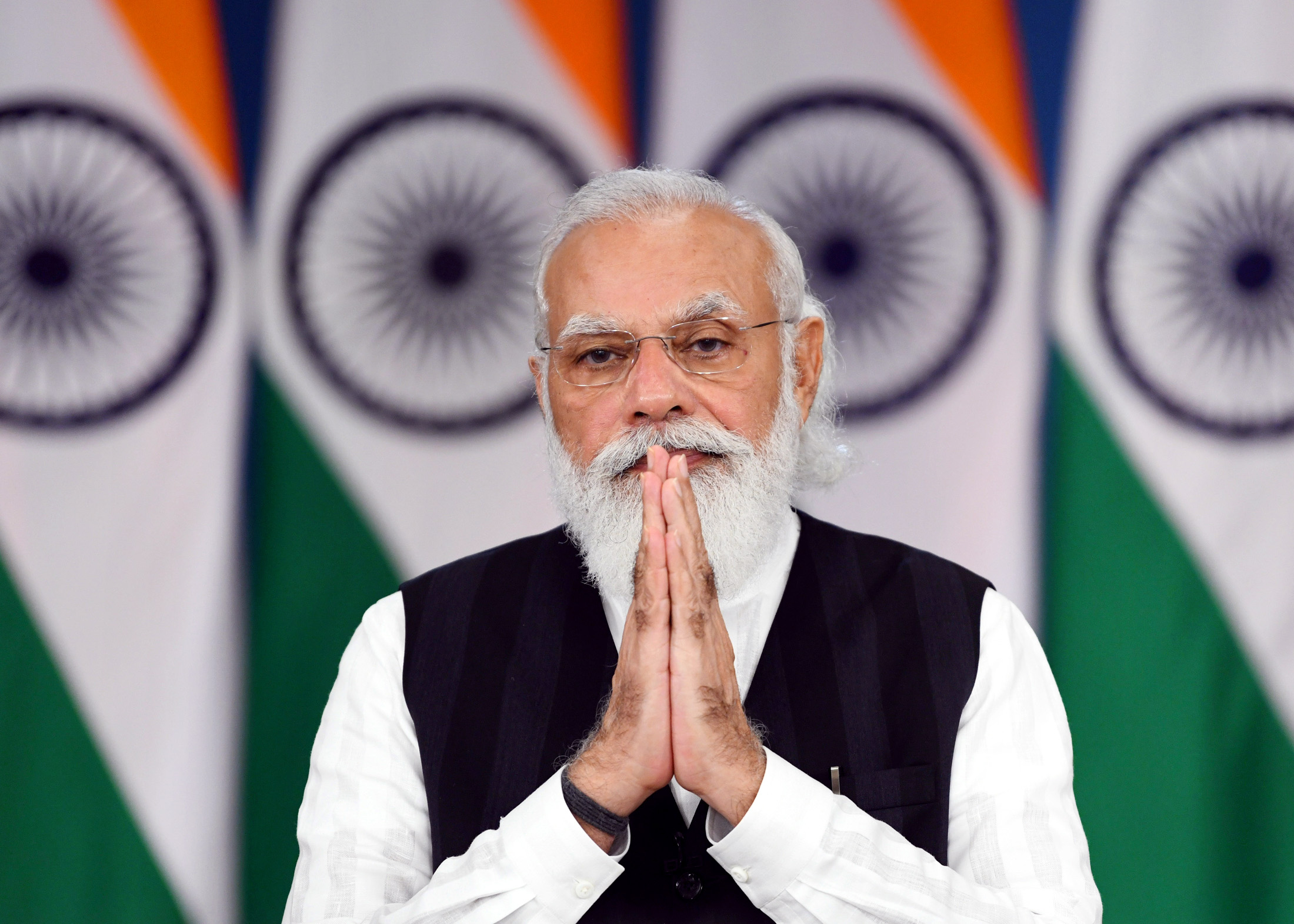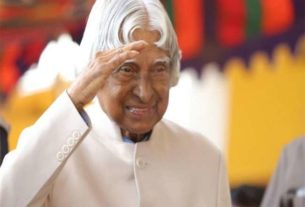By: Fatima Hasan
In the run- up to the elections, ruling parties don’t leave any tables unturned and work very hard to retain power. But kick-starting a new practice since it grabbed power at the Centre, the BJP has been changing the CMs of saffron-ruled states on the eve of Assembly elections. The latest CM to quit was Vijay Rupani of Gujarat, following in the footsteps of Tirath Singh Rawat and Trivendra Singh Rawat in Uttarakhand and BS Yediyurappa in Karnataka in the last six months.
Interestingly, the new Gujarat CM Bhupendra Patel has been sworn in with a brand-new cabinet faces. In this backdrop, it becomes essential to look into the outcome of the wholesale change on assembly election results next year. Does a change really produce any visible effect or is it just a tradition that BJP is following blindly? The BJP is experimenting with this trend since 2014.
Are there any instances of the past which proved thumbs up for the BJP’s change-CM policy? The resignations of CMs may have happened at different times but one common thing is the reason cited by outgoing CM is that he is abiding by the party high command’s instructions. BJP-watchers cite the Jharkhand lesson” to explain why the BJP has changed five chief ministers already this year.
The top leadership feels it is best to do damage prevention before the damage actually happens. For instance, BJP lost in Jharkhand. It lost the election to the alliance led by Hemant Soren– a result which was foretold by some in the party, citing the extreme unpopularity of the outgoing BJP CM Raghubar Das. There were some voices demanding the high command to drop him as CM before the elections but these got lost in the din and as a result, the party lost in Assembly polls.
To ascertain the impact of leadership change on voting, it can be said that this may not prove to be much favorable to the party as the voters are not happy with the outgoing CM and do not know much about the “rejig chief minister.” There are many chances that the voters may not like the candidate now chosen as CM and can cause damage to the party in the long run. Although the CMs are changed long before the assembly elections are due, but still it may not bring goodies to the party and rather send voters in a dilemma.
The Karnataka elections are only due in May 2023 giving 22 months to the new CM to prove his mettle. Uttar Pradesh, Uttarakhand, Punjab, Goa and Manipur assembly elections are in due in early 2022 and the Himachal Pradesh and Gujarat elections are slated in November/December 2022. Uttarakhand CM has only a few months to prove his mettle while Gujarat CM has one year in hand to prove his ability to the party top-brass and retain the State for the party.
Going by what BJP leaders are saying, if CM is changed to better the image of the party in the state, then any acts of omission or corruption during their brief tenure may damage the image further. Usually, parties in poll alliance have “rotational CM| post and that is acceptable by the people but this practice of changing CMs by a ruling party on poll eve is confusing and risky.
However, the party loyalists may continue to vote for the party whoever is installed as CM. The loyalists may account for a small percentage and the voters are many, which makes it very risky for the ruling party. The replacements have also to be very wisely chosen by the party. The first time it happened was in Gujarat in 2016 when Anandiben Patel resigned citing age factor and Vijay Rupani took over the reins and was elected back to power in 2017.
Furthermore, in the State this time, along with the CM, all new faces are inducted in cabinet, giving the brand new administration to the people a year before elections. The immediate task for the new council of ministers is to revive the tainted image of the party and woo back the voters. With elections early next year and political developments casting their shadow, all eyes are now on UP CM and his seat. So, is the case in Manipur, where the BJP CM has not been replaced.
This, in turn, also gives a fair chance to the opposition parties in the respective states to make a foray into the hearts of the people and win in the ensuing elections. The Congress party can also quickly come up with a roadmap to return back to power in Punjab. It can go into a damage control mode with a proper strategy.
It may be argued that changing CMs is a tactical move for various reasons like installing men from younger generation but political experience is also an important influencing factor that is to be looked into by the Namo-Shah duo. Bhupendra Patel has only four years of experience as an MLA and that is a point of concern. In a democracy, this new practice is like cheating on the voters by changing the elected head of government without their consent. It is akin to gambling and the party stands to reap what it sows.
(eom)



